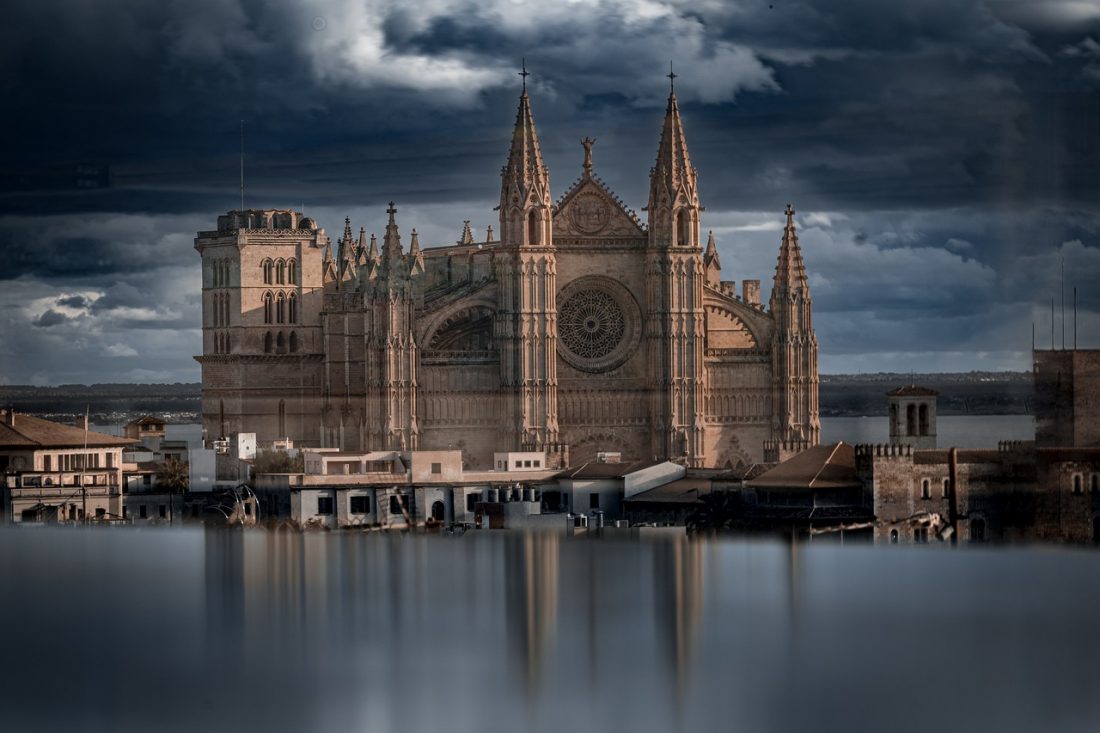11 January 2016 UK
Poking about in this old and elegant manor, I am startled by the appearance of William the Pheasant, not one of the royal line but surely a close cousin. He preens and parades royally about on the walkway as though he owns the place. William is a pet of the staff, and they call him in to feed him on a regular basis. He’s part of the family here.
And it is a family. However, almost everyone has a slightly different way of speaking English; some are almost incomprehensible. My American accent, which I didn’t realize I had, is beginning to sound flat and toneless to me. Something about the English pronunciation gives the words a musical lilt. When our server tells us that she loves to hear Americans talk, I smile politely and wonder why.
“Do you live locally?” I ask.
“Not far from here, Dearie,” she responds. “I live in Much Haddam. It’s a stone’s throw from Little Haddam.”
My eye catches a glimpse of an old map of Hertfordshire on the wall, a tiny sketch of St. Albans Cathedral in its lower right hand corner. Hmm. Cathedrals are always spectacular. I wonder how far away it is from here. We are told that it is less than an hour’s drive, so off we go on an adventure. I smile at the strange signs on so many roadsides, “Humps for 350 feet”, “Zebra humps for 800 feet”. Really? You have to wonder. I didn’t know that zebras were native to England.
We grab the A414 and head southwest, encountering endless roundabouts. I think that we enter and exit somewhere near twenty of them, but I lose count. We pass through villages with signs for obscure and intriguing places such as Ickleford and Bolter’s Bar. One after another, signs whiz past us, announcing the towns of Birch Green, Letty’s Green, Cole Green, and Staines Green. Now there’s a story there. When I ask our server later if they are real places, she says yes, but probably none of them has a touch of green at the moment. After a short leg on the M1, “dual carriageway”, we coast into the town of St. Alban’s.
Here we are at our destination. Narrow streets, buildings shouldering each other, incessant city traffic. My husband shifts with his left hand and weaves our little car in and out and around corners, “indicating” before turns as I crane my neck for a “car park”. We settle the Fiesta into a spot and start walking; how hard can it be to find a cathedral? They are known for their large bulk. But we have to ask obliging strangers two or three times for a bit of guidance. St. Alban’s finally appears as we round a curve. It takes our breath away with its sheer size and grandeur.
We enter the massive door and drift around in its immense space, trying not to get overwhelmed with the visual detail, reading placards until our brains are full of undigested information. There stands the shrine of St. Alban himself, who was beheaded by the Romans somewhere around 250 AD for harboring a fugitive priest and refusing to sacrifice to the emperor and the Roman gods. The shrine supposedly contains one of his shoulder blades. He is the first British martyr, as far as we know. He predates St. Augustine of Canterbury by more than 200 years. Now, that’s old!
The cathedral is the oldest known site of continuous Christian worship in all of Britain. The building’s mix of architectural styles creates a timeline of its history. It began its life as a monastic abbey built by the Benedictines, and still reflects their spirit of welcoming each stranger as though he were Christ himself. We feel this spirit as we enter the building and encounter one of the guides, who goes out of his way to point out highlights that we might have missed. One such highlight arrests my attention. Grouped above the altar stand several lifelike statues of 20th. Century martyrs, some well known, others more obscure. Dietrich Bonhoffer completes the group and reminds us of those who paid the full price for their faith.
St. Alban’s architecture bears witness to the many centuries of its life. The central tower and gatehouse survive from the times of the abbey. After King Henry VIII scattered the Benedictine community, a bad habit of his that he repeated many times, the abbey fell into disrepair for over 300 years. But in the 19th. Century, dedicated people began to piece it back together and rebuild. It became a cathedral in the year 1877. Today, it is a living, thriving church.
Somehow, the name “St. Albans” reminds me of something from George Orwell’s apocalyptic novel “1984”. Something about bells. Oh, yes. Our guide remembers.
“Oranges and lemons, say the bells of St. Clemons”.
As the main character, Winston Smith, struggles to retain his cultural heritage in the face of totalitarian oppression, he uses an old nursery rhyme as a touchstone. Are we facing the same struggle, perhaps more subtly, in our day?
Taking a break for espresso and some “Victoria Sponge”, which squishes all too delightfully in my mouth and leaves me shouting, “More!”, we return to the cathedral for Evensong. We enter quietly with the other worshippers. Then the music begins, breathlessly beautiful. The haunting blend of mens’ and boys’ voices rises into the vast space above us. Majestic tones of organ music weave in and out in robust harmonies. A profusion of candles casts soft light as incense wafts upward into those ancient melodies. We are refreshed by the timeless power of the text.
“This is my beloved son, in whom I am well pleased.”
With these words fresh in our memory, we head home through the darkness.

